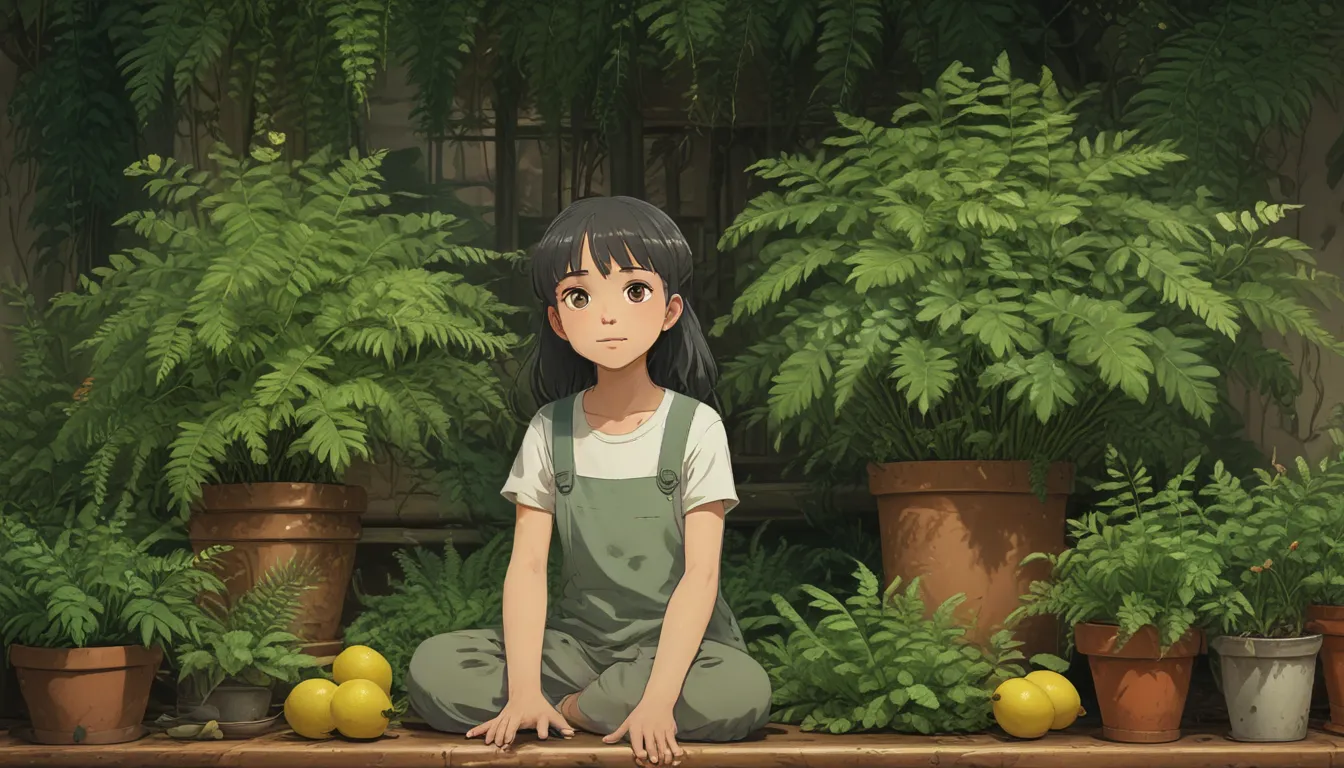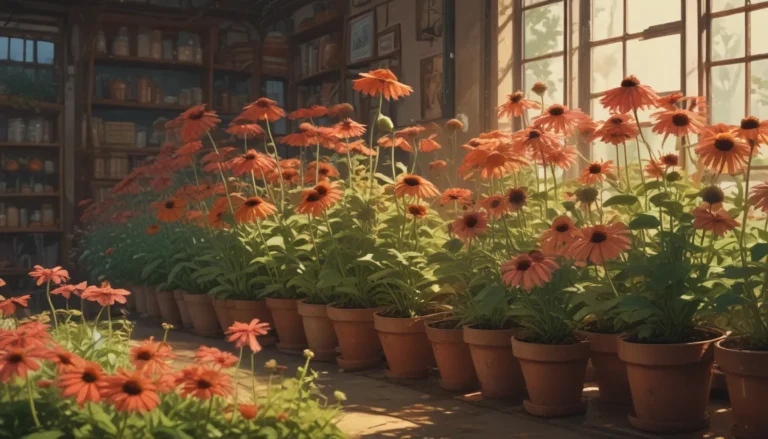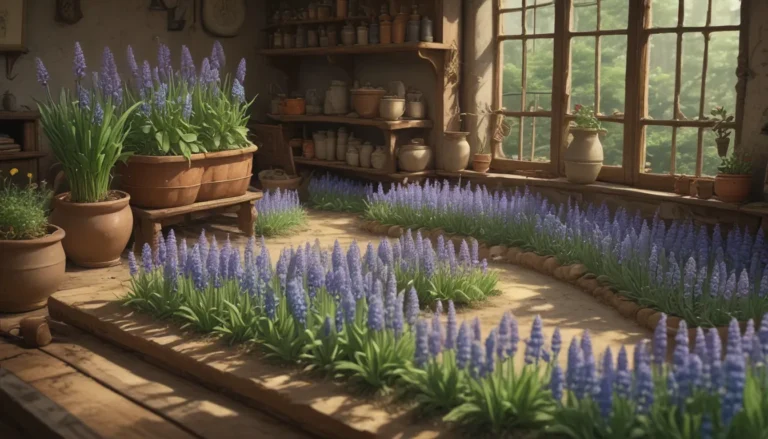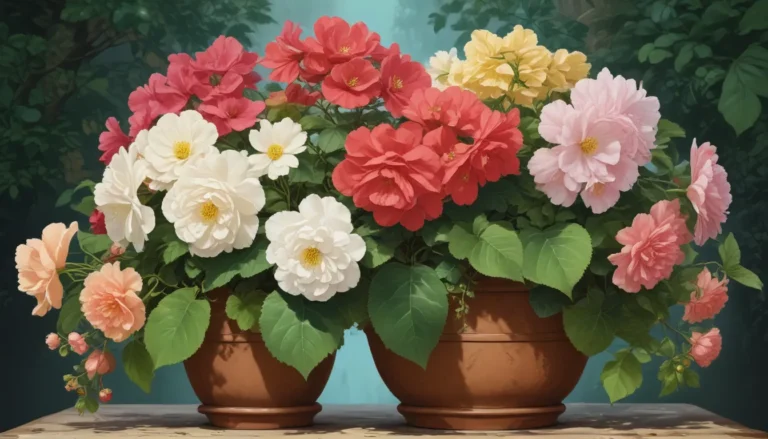Comprehensive Guide to Growing and Caring for Lemon Button Ferns

Are you a plant lover looking to add a touch of greenery to your living space without taking up too much room? Look no further than the lemon button fern! This miniature version of Nephrolepis cordifolia is here to brighten up your home in all the right ways.
In this detailed guide, we will take you through everything you need to know about caring for your lemon button fern from propagation to maintenance. Get ready to learn all about this delightful plant that is sure to bring a fresh burst of green to your surroundings.
What Are Lemon Button Ferns?
Nephrolepis cordifolia ‘Duffii’ is a compact version of the standard N. cordifolia, also known as the fishbone or tuberous sword fern. This adorable plant is often referred to as a baby Boston fern due to its diminutive size and charming appearance.
The pinnae, or leaflets, of the lemon button fern are straighter and have more blunted tips compared to the N. exaltata. Additionally, the thumb-like indusia on fishbowl fern pinnae are more rounded and less prominent than those of the Boston fern.
‘Duffii’ sets itself apart by being smaller and more compact, with short, button-shaped pinnae that reach a maximum height and spread of 12 inches. The foliage of this fern has a lovely golden yellow color and emits a faint, citrusy aroma when crushed, which explains its delightful name.
Best suited for USDA Hardiness Zones 8 to 10, the lemon button fern traces its roots back to the fishbone fern, native to tropical regions in Asia, Australia, and the Americas. Today, it is popular as a houseplant and terrarium addition for plant enthusiasts.
Propagation
There are several methods you can use to propagate your lemon button fern and create new specimens for your indoor garden.
Via Spores
Coaxing spores to produce mature flora is a fascinating process that can be quite rewarding. Keep an eye out for our upcoming spore propagation guide for more in-depth information on this method.
Via Runners
Runners, or stolons, are thin offshoots that can sprout from between the fern’s fronds. In nature, these runners form new plants when they make contact with the soil. To propagate your ‘Duffii’ using this method, place a container of growing media next to the mother plant and wait for the runner to reach it. Once the runner develops new roots and shoots, you can separate it to create a new plant.
Via Dividing
Due to its small size, dividing a lemon button fern is a simple process that can be done every three to five years. Dividing the plant involves teasing apart its root system into halves or quarters, potting up each division, and watering them in for successful propagation.
Via Transplanting
If you prefer to purchase a plant rather than propagate it yourself, transplanting is a great option. Simply place your ‘Duffii’ in a well-draining growing medium in a suitable pot, water it, and ensure adequate moisture levels for healthy growth.
How to Grow
Providing the right care and conditions for your lemon button fern is essential for ensuring its longevity and ornamental beauty. Here’s a look at what you need to know to help your ‘Duffii’ thrive.
Climate and Exposure Needs
Indoor lemon button ferns prefer a temperature range of 60 to 80°F, along with indirect light near a south- or west-facing window. Maintaining humidity levels of at least 70 percent is crucial for the plant’s health, which can be achieved through various methods such as using a humidifier or placing the fern in a bathroom.
Growing Media Needs
Choosing a well-draining growing medium with an acidic to neutral pH of 4.0 to 7.0 is ideal for your lemon button fern. A mix of peat moss and perlite works well to provide the necessary drainage and nutrition for optimal growth.
Irrigation and Fertilization Needs
Consistent moisture levels are key to keeping your ‘Duffii’ healthy, so water it whenever the potting medium feels dry to the touch. Avoid over-watering to prevent root rot and select containers with proper drainage. Additionally, regular fertilization with a balanced fertilizer diluted to half-strength every two to four weeks during the growing season will provide the necessary nutrients for growth.
Growing Tips
- Maintain temperatures of 60 to 80°F for optimal growth. – Use a well-draining growing medium to prevent waterlogging. – Water your lemon button fern when the potting medium feels dry.
Maintenance
Regular maintenance of your lemon button fern involves pruning dead or damaged fronds and repotting the plant when it becomes root-bound or outgrows its container. Keep your ‘Duffii’ looking its best by providing the necessary care and attention it needs to thrive.
Where to Buy
If you’re looking to add a lemon button fern to your plant collection, consider purchasing one from specialty houseplant stores, online retailers such as Amazon or The Home Depot, or through plant swaps or horticultural events. You can also propagate your own ‘Duffii’ by taking cuttings or divisions from existing plants.
Managing Pests and Disease
Preventing pests and diseases is essential for maintaining the health of your lemon button fern. Here are some common pests and diseases to watch out for and how to deal with them.
Insects
- Mealybugs: Control with insecticide drenches or insecticidal soap sprays. – Scale: Treat with insecticide drenches or soap sprays. – Slugs: Use barriers or traps to prevent damage. – Spider mites: Control with insecticidal soaps.
Disease
- Crown and root rot: Prevent by providing proper drainage and aeration in the growing medium. – Prune affected plant parts to prevent further spread.
Best Uses
The lemon button fern is perfect for compact spaces, containers, terrariums, and as an indoor houseplant. Its small size and delightful fragrance make it a versatile addition to any plant collection, adding a touch of greenery and charm to your living space.
Quick Reference Growing Guide
- Plant Type: Herbaceous evergreen perennial – Native to: Asia, Australia, North America, South America – Hardiness (USDA Zone): 8-10 – Exposure: Indirect sun/partial shade – Height: Up to 12 inches – Spread: Up to 12 inches – Water Needs: High – Soil Type: Fertile, moist – Soil pH: 4.0-7.0 – Soil Drainage: Well-draining – Maintenance: Low – Uses: Compact spaces, containers, houseplant, indoor aroma, terrarium planting
Don’t Let ‘Duffii’ Turn Your Ego Puffy
While caring for your lemon button fern can be a rewarding experience, it’s essential to remain humble and enjoy the process of tending to your plant. With the right care and attention, your ‘Duffii’ will thrive and bring joy to your home.
If you have any questions or insights to share, feel free to leave them in the comments below. Remember, taking care of your lemon button fern is a delightful journey that will reward you with years of ornamental beauty.
Celebrate the beauty of nature and enjoy the process of growing and caring for your lemon button fern. Happy gardening!





